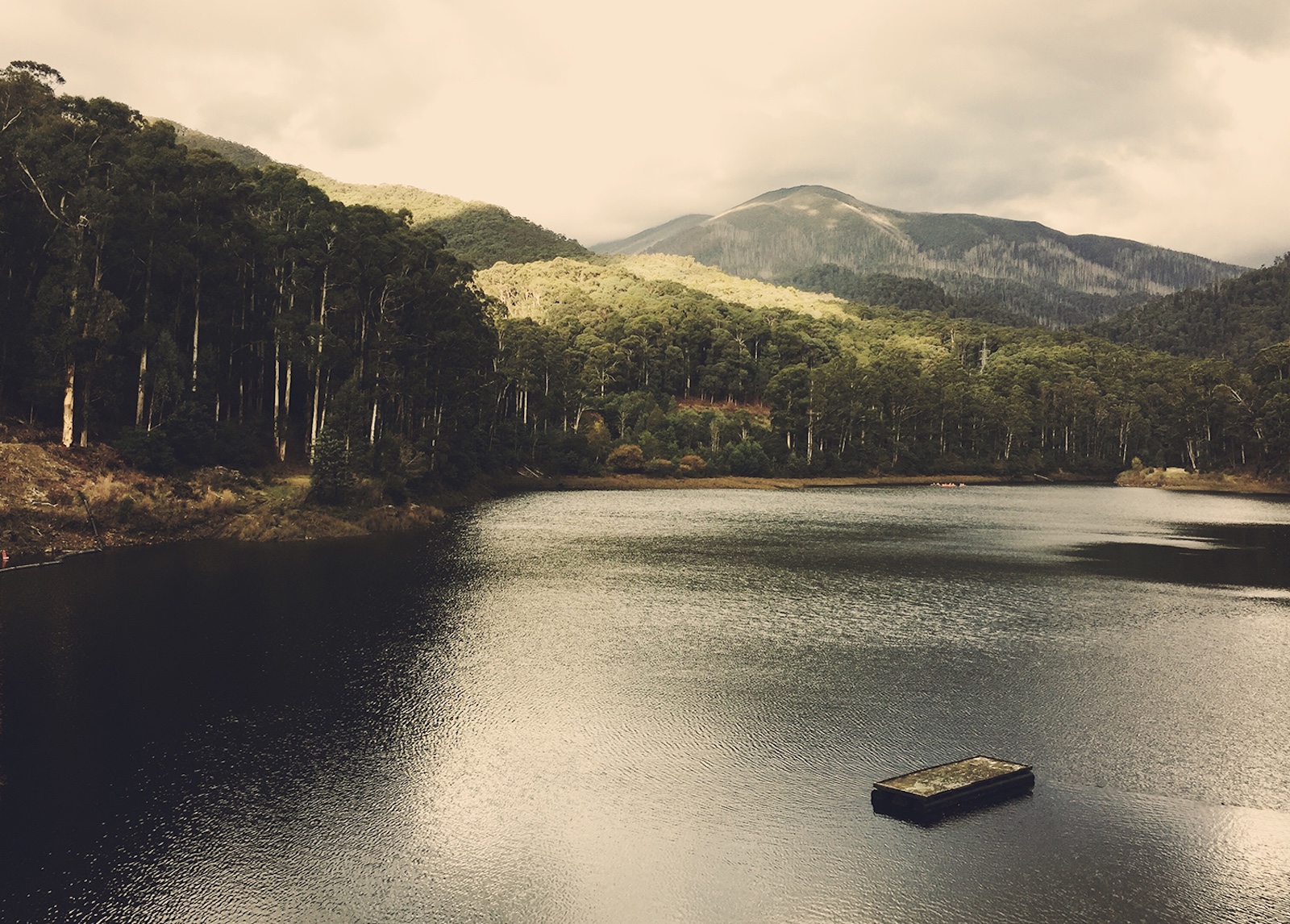()
The Poetics of Environmental Sound
“Listen to everything all the time and remind yourself when you are not listening.”—Pauline Oliveros
Today, I was invited to Kim Lane’s art class at Mount Beauty Secondary School. We talked about the listening exercise described in Pauline Oliveros’ Poetics of Environmental Sound. In this exercise, Oliveros instructs us pay attention to the sounds around us and describe the complexities and differences of what we hear and how they affect us. To someone who is learning to listen, this exercise is always full of new surprises. How can the qualities of the sounds we hear open up new ways of thinking? Can they lead us to a greater understanding of our relationship to our environment?
I am using this prompt as a guide to my experience here at B-CSC. I use a variety of technologies to create my work, but I wanted to start by putting down my equipment first and just listen while deeply engaging with the sonic environment present in this unique region. Most mornings, I wake very early, beginning my day immersed in the sounds of nature in this unfamiliar location, which I have traveled far to reach. I am trying to figure out how my practice relates to this complex environment. Now, with a microphone and camera in hand, I set out to capture sound and video, oriented toward being a part of the place, not a visitor. I remind myself to listen to everything.
THE POETICS OF ENVIRONENTAL SOUND
- Listen to the environment for 15 minutes or a longer but pre-determined time length.
- Use a clock or any adequate method to define this time length.
- Describe in detail the sounds you hear and how you feel about them.
- Include internal as well as external sounds.
- You are part of the environment.
- Explore the limits of audibility: (highest, lowest, loudest, softest, simplest, most complex, nearest, most distant, longest, shortest sound)
by Pauline Oliveros, from "Software for People", pp. 28-35
